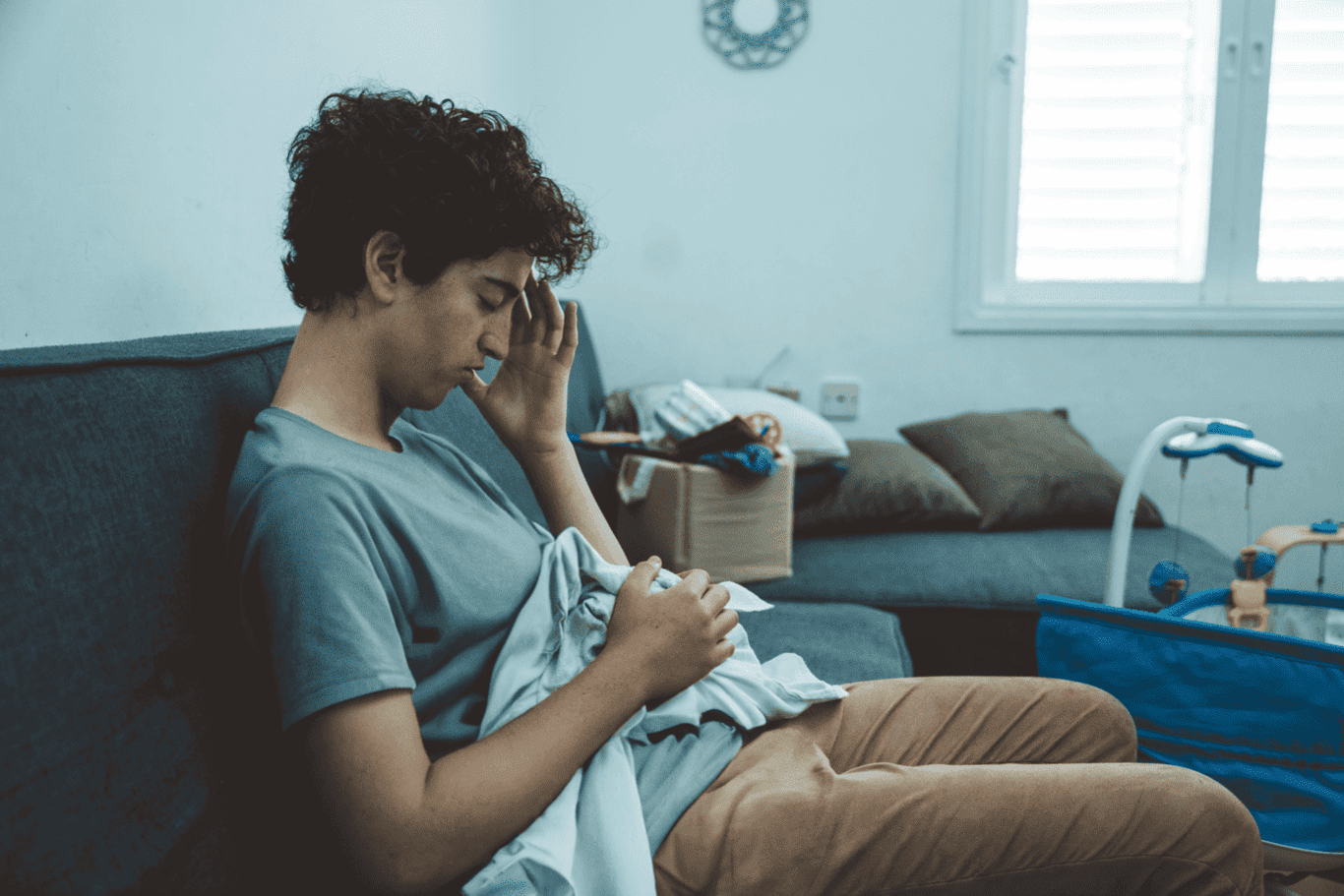Laughing Gas: No Laughing Matter
What Is "Laughing Gas"?
"Laughing gas" is a common nickname for nitrous oxide (N₂O), a gas with various legal uses in the food, fuel, and medical industries. It's important to understand that using it without medical supervision is extremely dangerous.
- In the food industry: Mainly used for whipping cream intended for consumption.
- In the fuel industry: Nitrous oxide is used in controlled amounts to enhance engine performance and as a fuel additive.
- In medicine: Used for sedation, pain relief, and anesthesia under medical supervision.
Illegal Use – Extremely Dangerous
Laughing gas has become a popular party drug among teens and young adults. It is especially common at outdoor parties, festivals, and nightclubs. The gas is usually sold in small metal canisters, similar to whipped cream cartridges, and inhaled from balloons. In more dangerous cases, it is inhaled directly from large tanks using a medical mask.
DANGER
DANGER
Direct inhalation from a metallic canister may cause serious burns in the nose, mouth, and jaw due to the intensity of the release of the gas.
Risks
-
Wreckless driving
-
Vulnerable to sexual assault
-
Dehydration
-
Other dangerous substances
Use of laughing gas may lead to dangerous behaviors, including
- Dangerous driving under the influence of nitrous oxide.
- Being more vulnerable to sexual assault.
- Dehydration, attributed to dancing over a prolonged period of time.
- These dangers significantly increase when used with drugs or alcohol.
The effect of laughing gas on the body
The effects of laughing gas on the body may be dangerous even during a one-time use and may have severe repercussions in multiple or frequent use.
Side effects of one-time use
- Numbness in the entire body
- Blurred vision, confusion, dizziness
- Loss of memory
- Impaired coordination
- Ringing in the ears
- Syncope or diminished consciousness
- A sense of euphoria (being high)
- Uncontrollable laughter
Side effects of multiple or frequent use
Using it multiple times or frequently can cause serious harm, as laughing gas is very toxic to the nervous and immune systems. It may damage the regeneration of neurons and reduce blood cell production in the bone marrow.
Serious side effects attributed to chronic use
- Brain damage
- Seizures
- Incontinence
- Addiction
- Severe psychotic diseases
Important to know: There is no “safe use”
Important to know: There is no “safe use”
It is important to understand that it is impossible to control the quantity of gas that enters the body during illegal use of the substance. There is no ‘safe dose: every use of laughing gas in a non-medical setting is dangerous.
Signs of poisoning
-
Rapid pulse
-
Breathing difficulties
-
Feeeling suffocated
-
Severe coughing
-
Hallucinations (psychosis)
-
Losing consciousness
-
Sudden death
Sudden death, particularly attributed to heart damage or sharp drop in blood pressure.
What the law says about laughing gas
The gas is considered a medical product under the Pharmacists Ordinance. This means it cannot be imported or sold without written permission from the Ministry of Health. Anyone who sells or provides the gas without a permit is breaking the law and may be seen as acting carelessly or irresponsibly. Therefore, selling it in kiosks, grocery stores, or at parties is illegal.
Getting help after using laughing gas
If you or someone you know is experiencing a medical emergency as a result of using laughing gas, it is important to immediately contact MDA by calling 101.
Speak up – share!
Education saves lives. While laughing gas may seem like harmless entertainment, it can destroy lives—sometimes even from the first use. Share this information with friends, young people, families, and educators.
Important information for parents: Warning signs in children and teens
Parents should look out for signs that may indicate the use of laughing gas. These signs include:
-
Finding empty balloons or small canisters in your child's bedroom or bags.
-
A strange sweet or chemical smell coming from your child or their room.
-
Sudden and unexplained changes in mood or behavior, such as irritability, depression, or social withdrawal.
-
A noticeable drop in school performance or a lack of interest in activities your child once enjoyed.
-
New and unfamiliar friends entering your child's life.
-
Complaints of headaches, dizziness, or numbness in their limbs.
-
Confused speech or trouble with coordination.
Laughing gas, peer pressure, and normalization
The use of laughing gas can be influenced by peer pressure. Teens may see it as a harmless recreational activity because it's easy to get and provides immediate effects. Social media can also normalize laughing gas use and encourage young people to try it.
Talk to your child
It's essential for parents to be involved, have open discussions, and educate their kids early to help prevent drug use. Find effective ways to communicate with your children and teens. Now is the time to prepare for honest conversations about this issue. Listen to them without judgment and create a safe space where they feel comfortable sharing. During the talk, explain that using laughing gas can lead to legal consequences for minors, especially if they are involved in selling or distributing it.
Treating addiction to laughing gas
Treatment for laughing gas addiction usually includes methods like motivational interviewing and psychosocial support. The 12-step approach focuses on replacing unhealthy habits with better behaviors and encouraging activities that improve quality of life, such as participating in sports and various recreational workshops. Currently, there is no medication for detoxifying from volatile substances like laughing gas.















